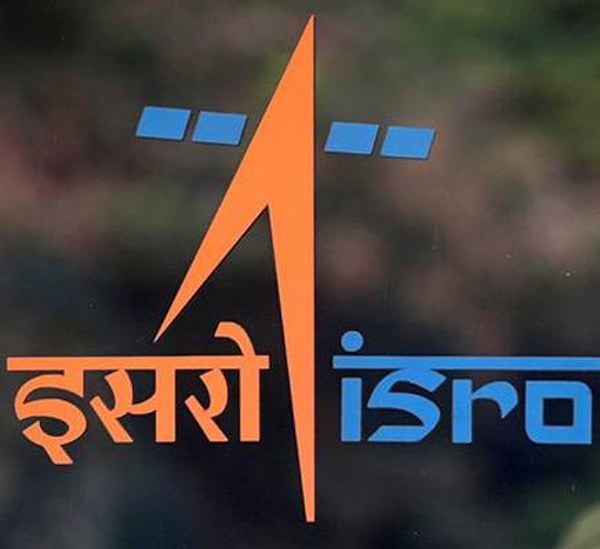The Indian Space Research Organisation (Isro) is preparing for multiple flights of the specially designed test vehicle that will be used to test the Crew Escape System (CES), which will be a crucial element of India’s first human space flight mission (Gaganyaan).
Being built at the Vikram Sarabhai Space Centre (VSSC), the vehicle is expected to be ready by the end of this year and Isro is planning at least one flight before the proposed uncrewed mission now scheduled for mid-2022.
VSSC director S Somnath told TOI: “…The design work on CES is done and all the reviews have been completed. Most of the systems of the Test vehicle have been realised and the vehicle is in the integration phase and should be ready by the end of this year. The whole CES has to be tested a few times before we put it in the unmanned flight.”
Isro chairman K Sivan said the new vehicle will be used to ensure that there’s a flawless mechanism for crew escape, which is a very important aspect of Gaganyaan as it helps deal with any exigency during travel or stay of the astronauts.
As reported first by TOI last year, the vehicle is built for the in-flight escape of the crew. The propulsion will be on top of the crew module so that it is able to pull the crew away by lifting the module and take them to a safe place.
“We’re looking at at least one test vehicle mission before the uncrewed mission. The vehicle is meant for testing an abort. During the flight, we may need to abort at different stages, like high dynamic pressure, critical flight events, etc. The test vehicle will be used to test abortions up to the first stage of the flight. It won’t go to orbit,” Sivan explained.
Crew Module & GSLV-Mk3
Aside from the CES and the test vehicle, VSSC is responsible for the GSLV-Mk3 — the launch vehicle to be used for Gaganyaan — and some elements of the crew module.
“All design work on the launch vehicle is complete and we have begun testing. The L110 and C25 engines have completed first-level testing and further testing will continue. The S-200 solid booster is being prepared for static tests and we should be ready for that soon. Overall qualification work is going on. There’s a lot of activity: The entire electronics is being revised, we are adding higher levels of redundancies. Health management of the vehicle system design is complete. Prototyping and testing will begin soon,” Somnath said.
Sivan, while pointing out that VSSC is also responsible for the structural design of the crew module, said all the systems inside the module — avionics, control systems, computers, sensors, etc — and the service module will be built by the UR Rao Satellite Centre (URSAC), while multiple centers will contribute to the Environmental Control and Life Support System (ECLSS).
“For the ECLSS, which is a very important part of the crew module, LPSC (Liquid Propulsion Systems Centre) will have a major responsibility. They will build the pressure control system, while VSSC will build the thermal control system and SAC (Space Applications Centre) will develop the crew display, instrumentation etc,” Sivan said.
He added that the design phase of the crew module has been completed and that various centers have already begun fabrication of the systems.
Source: ToI
You may also like
-
New Heat-Based Approach To Cancer Treatment Can Reduce Chemotherapy Doses
-
Scientists Take A Major Step Towards Unification Of Classical & Quantum Gravity
-
India Graphene Engineering and Innovation Centre (IGEIC) Under the Vision of Viksit Bharat@2047 Launched
-
New High-Performance Gas Sensor can Monitor Low Level Nitrogen Oxides Pollution
-
Antidepressant Drug can be Repurposed for Treating Breast Cancer
